Bayard Rustin’s Legacy Will No Longer Be Erased
Share
Explore Our Galleries
Breaking News!
Today's news and culture by Black and other reporters in the Black and mainstream media.
Ways to Support ABHM?
by The Black Wall Street Times
For years, Rustin’s name sat on the margins of history books. He helped organize the Montgomery bus boycott, mentored Dr. Martin Luther King Jr., & was a lead architect of the 1963 March on Washington
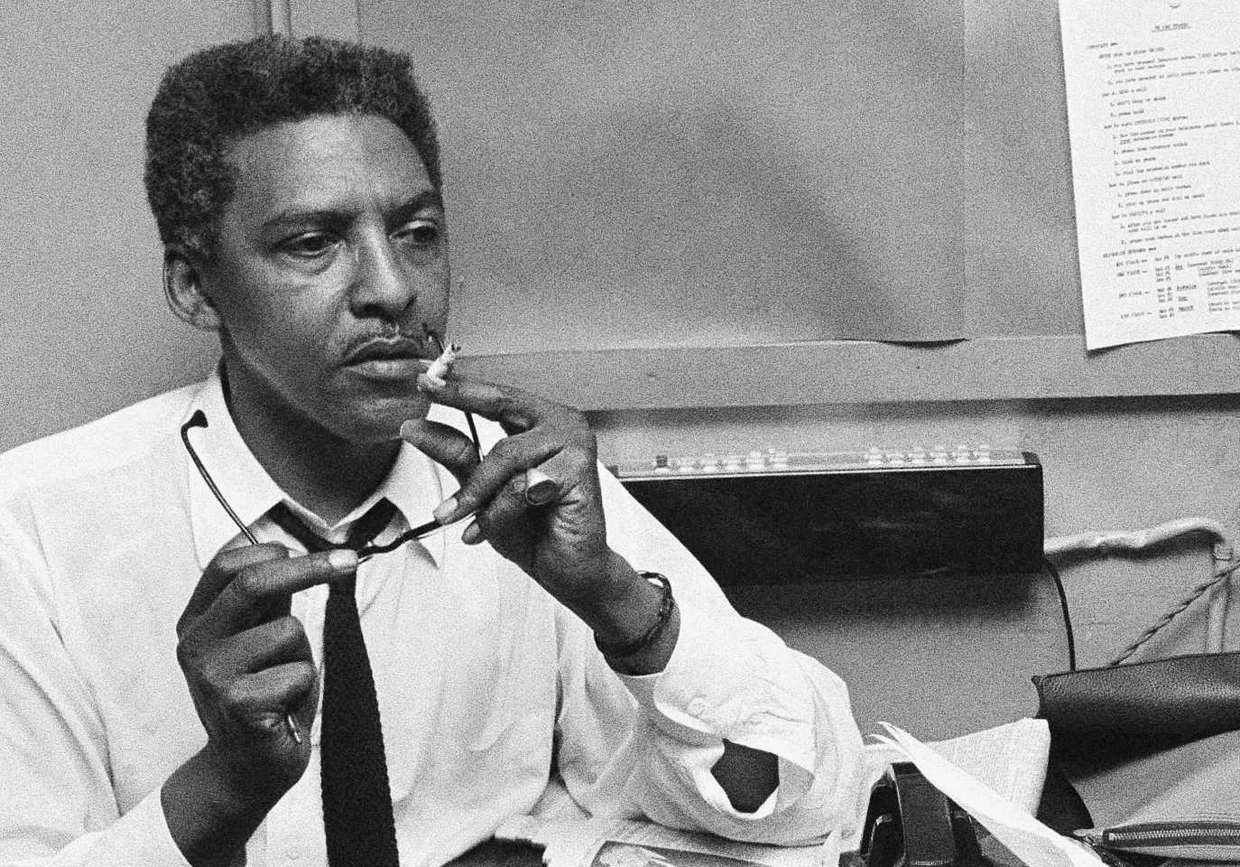
NEW YORK (AP) – This fall, a digital archive will open access to one of the Civil Rights Movement’s most overlooked leaders: Bayard Rustin. Built by the Bayard Rustin Center for Social Justice, the project will collect photos, speeches, videos, telegrams, and personal accounts that reflect his life’s work.
For years, Rustin’s name sat on the margins of history books. He helped organize the Montgomery bus boycott, mentored Dr. Martin Luther King Jr., and was the lead architect of the 1963 March on Washington. But his role in shaping the Civil Rights Movement has often been buried due to his identity as a gay Black man and former member of the Young Communist League.
“There’s this hole in our history,” said Robt Martin Seda-Schreiber, the center’s founder and chief activist. “And there are great resources about Bayard, but they’re all spread out, and none of it has been collected and put together in the way that he deserves, and more importantly, the way the world deserves to see him.”
[…]
Walter Naegle, Bayard Rustin’s partner, is helping curate the archive. For him, access to this history is about visibility and survival. “There wasn’t very much of an LGBTQ+ movement until the early 50s,” Naegle said.
“The African American struggle was a blueprint for what they needed to do and how they needed to organize. And so to have access to all of the Civil Rights history, and especially to Bayard’s work — because he was really the preeminent organizer — I think it’s very important for the current movements to have the ability to go back and look at that material,” he added.
Stop by our online exhibit about Rustin.
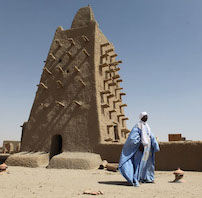
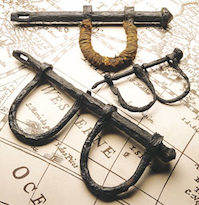
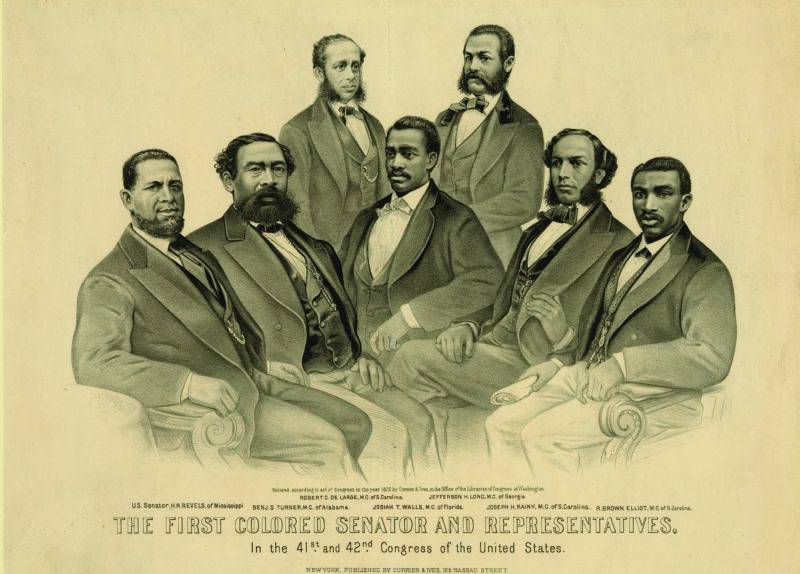
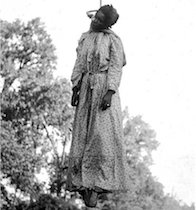
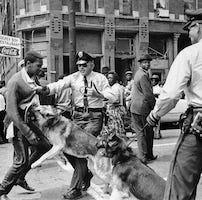
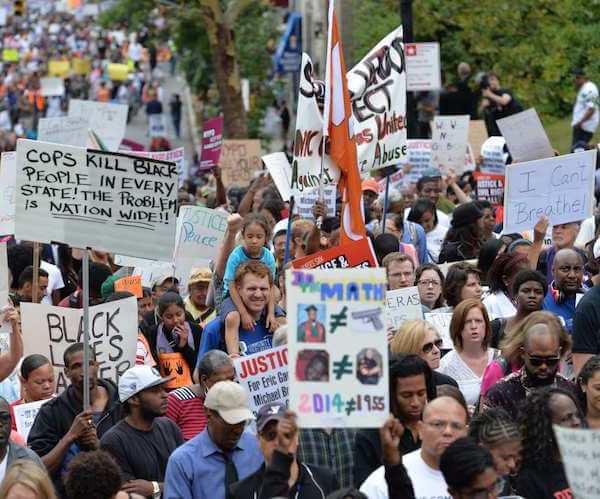
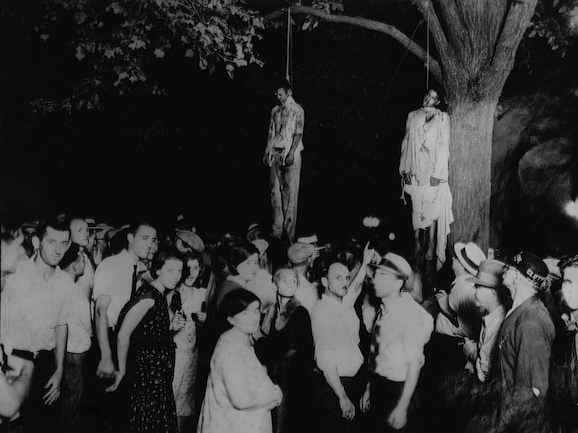

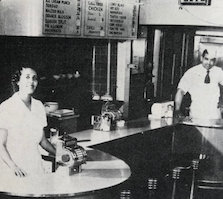
Comments Are Welcome
Note: We moderate submissions in order to create a space for meaningful dialogue, a space where museum visitors – adults and youth –– can exchange informed, thoughtful, and relevant comments that add value to our exhibits.
Racial slurs, personal attacks, obscenity, profanity, and SHOUTING do not meet the above standard. Such comments are posted in the exhibit Hateful Speech. Commercial promotions, impersonations, and incoherent comments likewise fail to meet our goals, so will not be posted. Submissions longer than 120 words will be shortened.
See our full Comments Policy here.